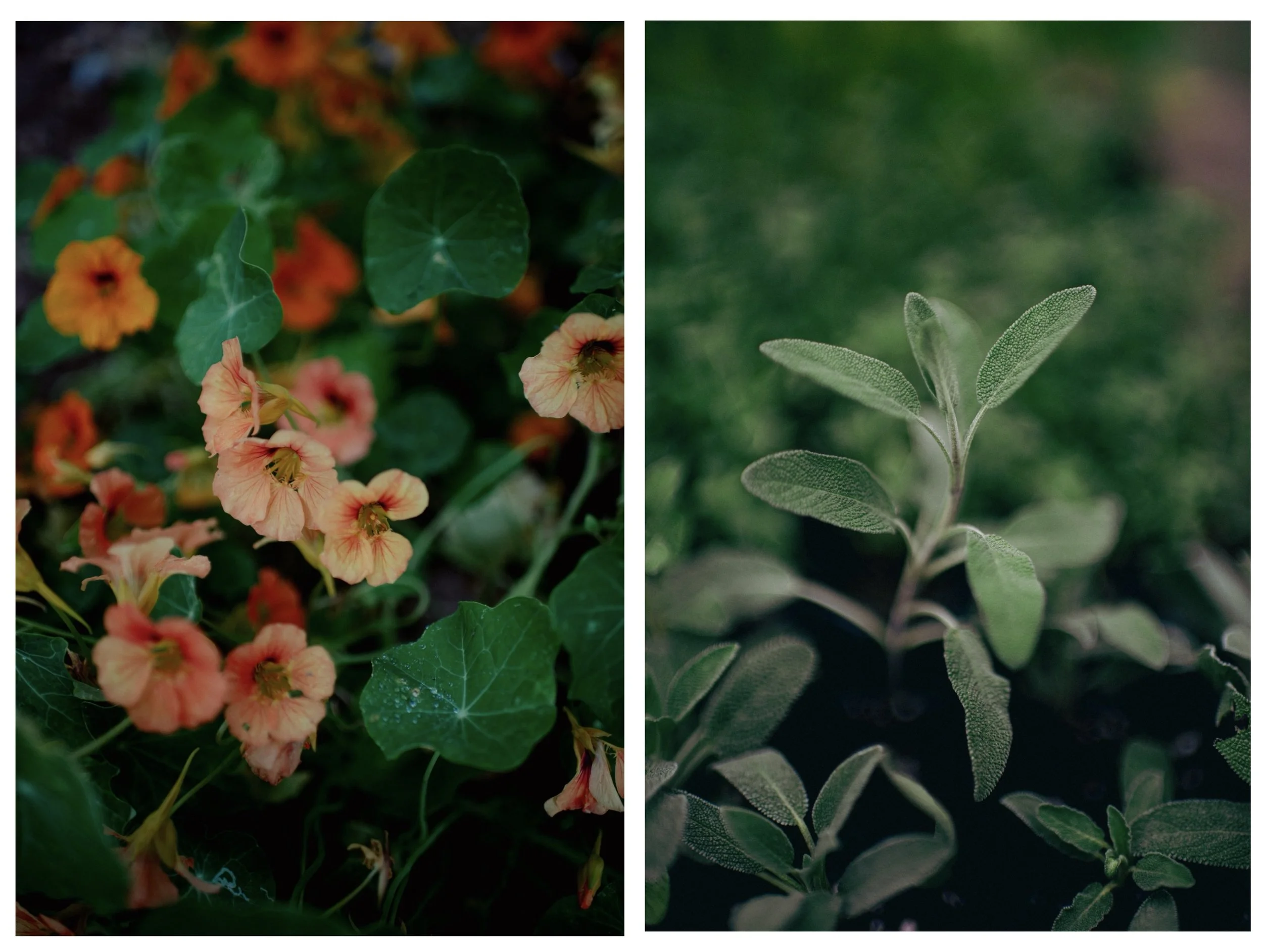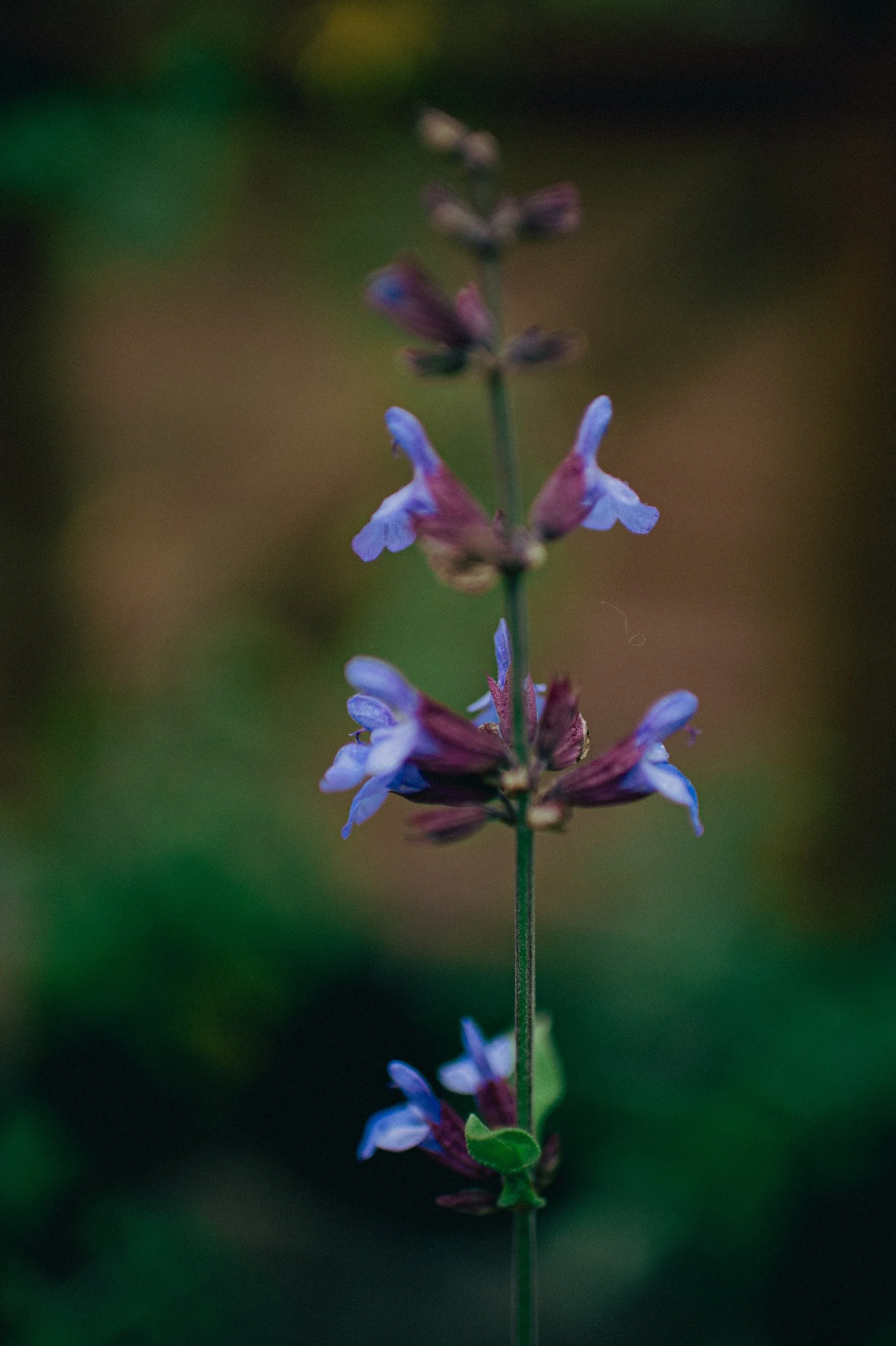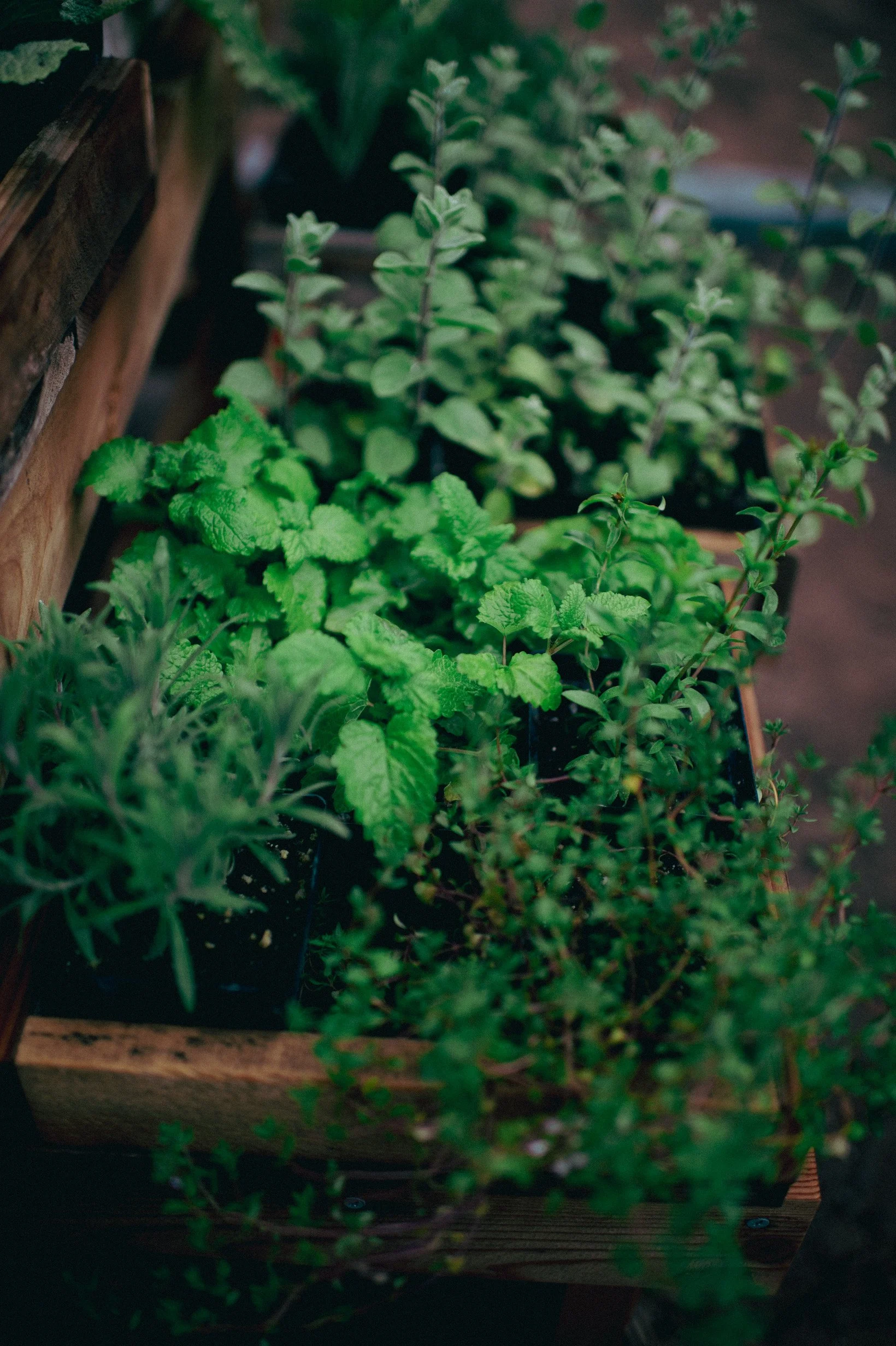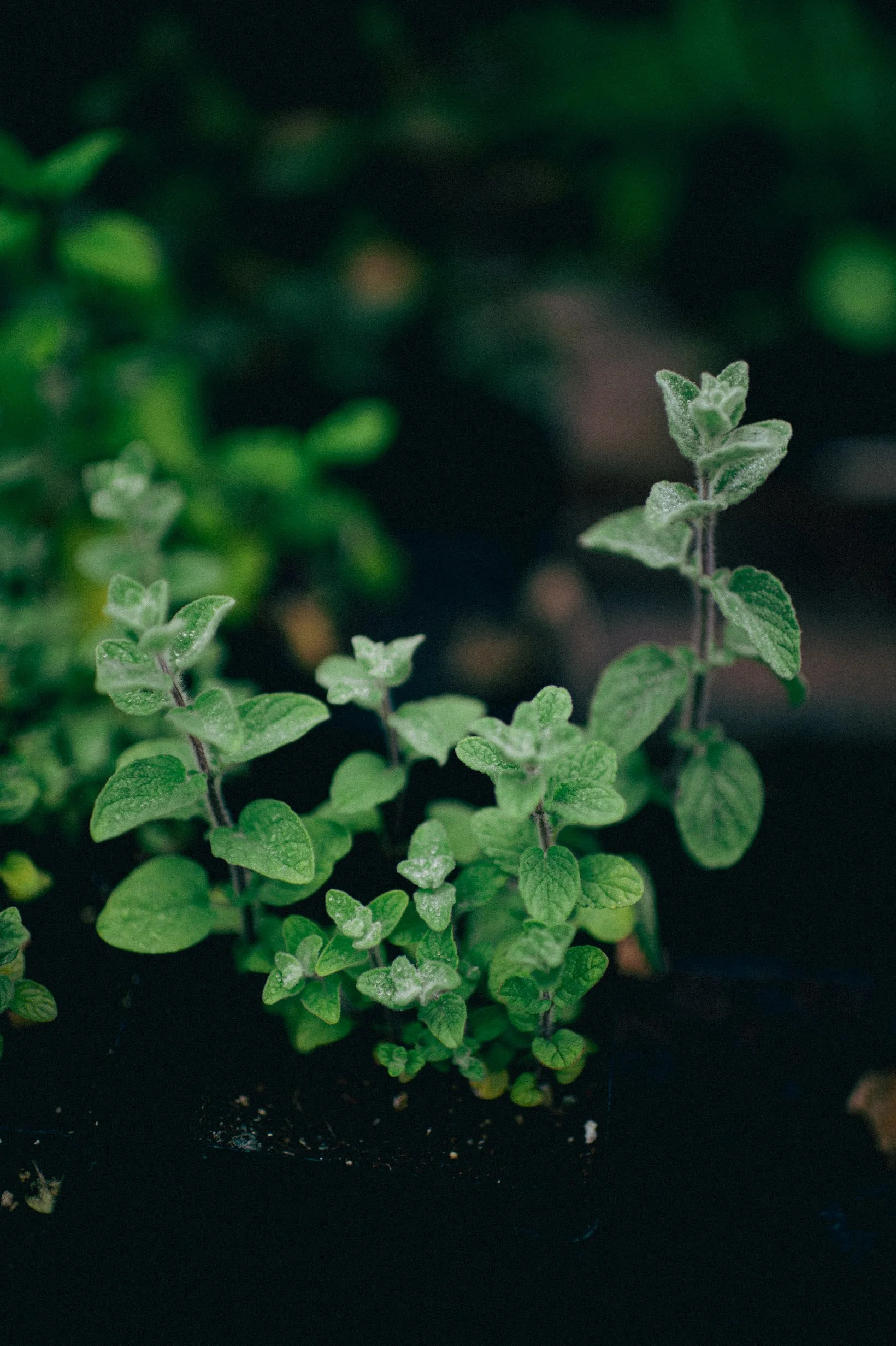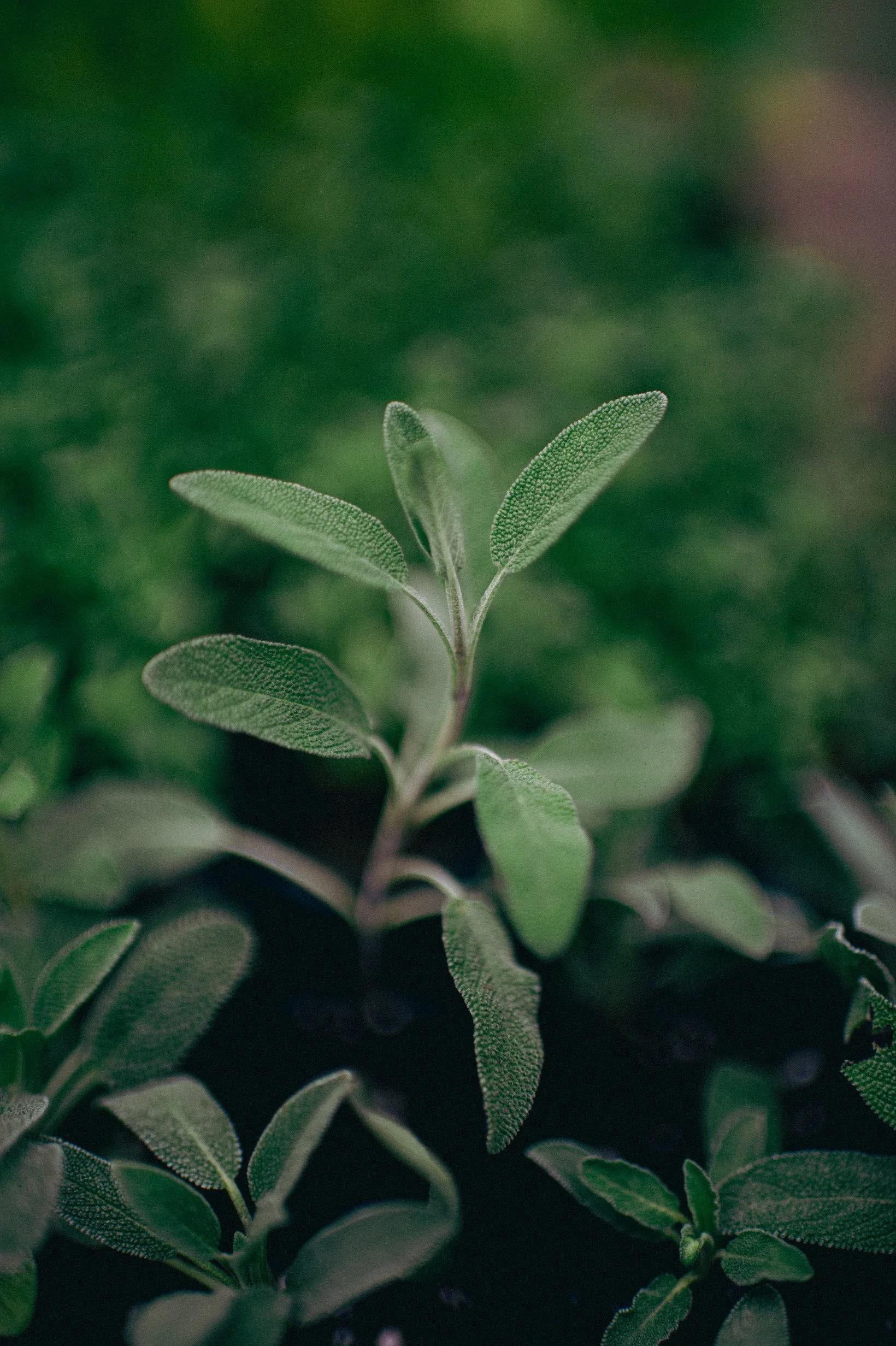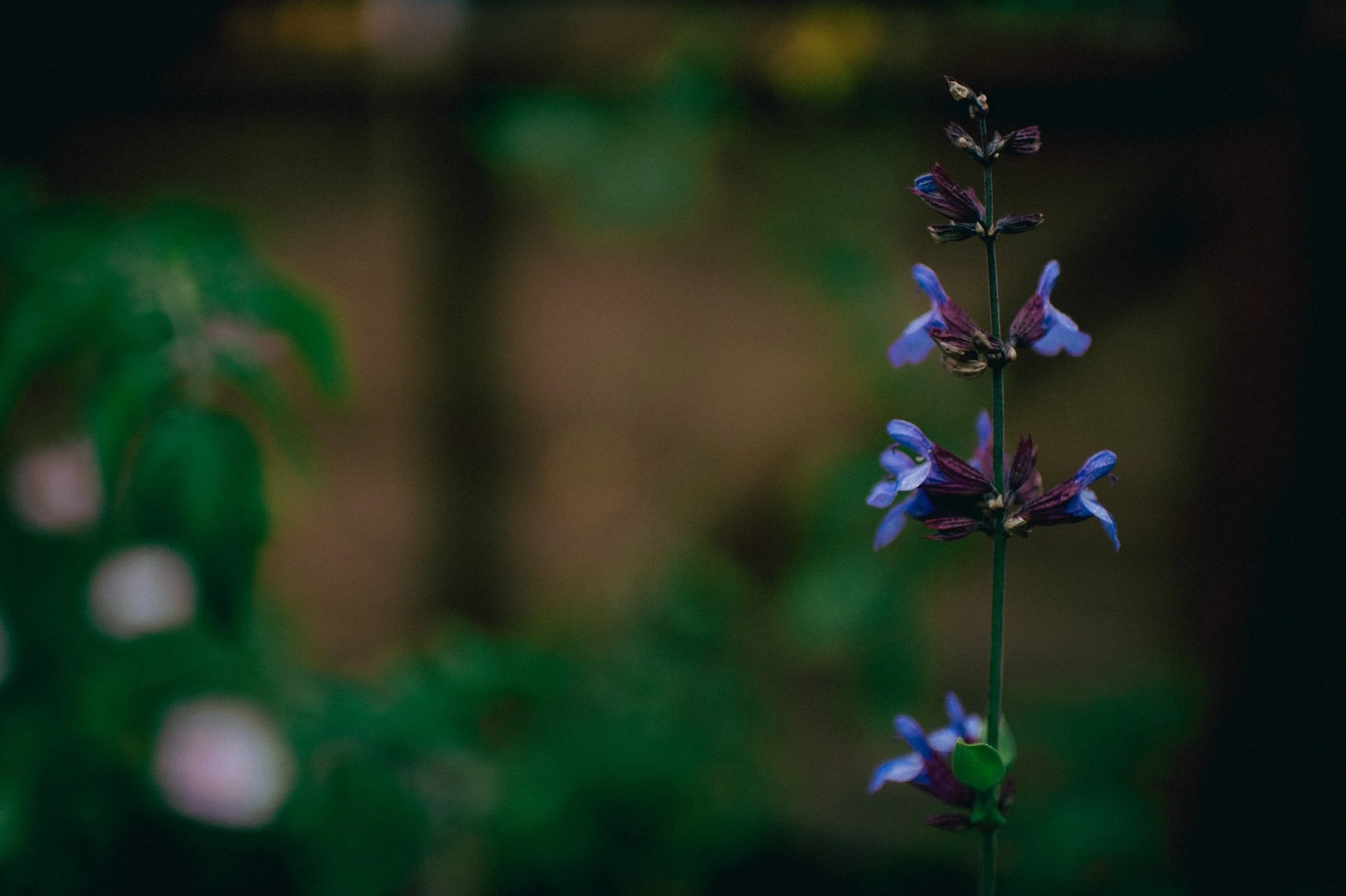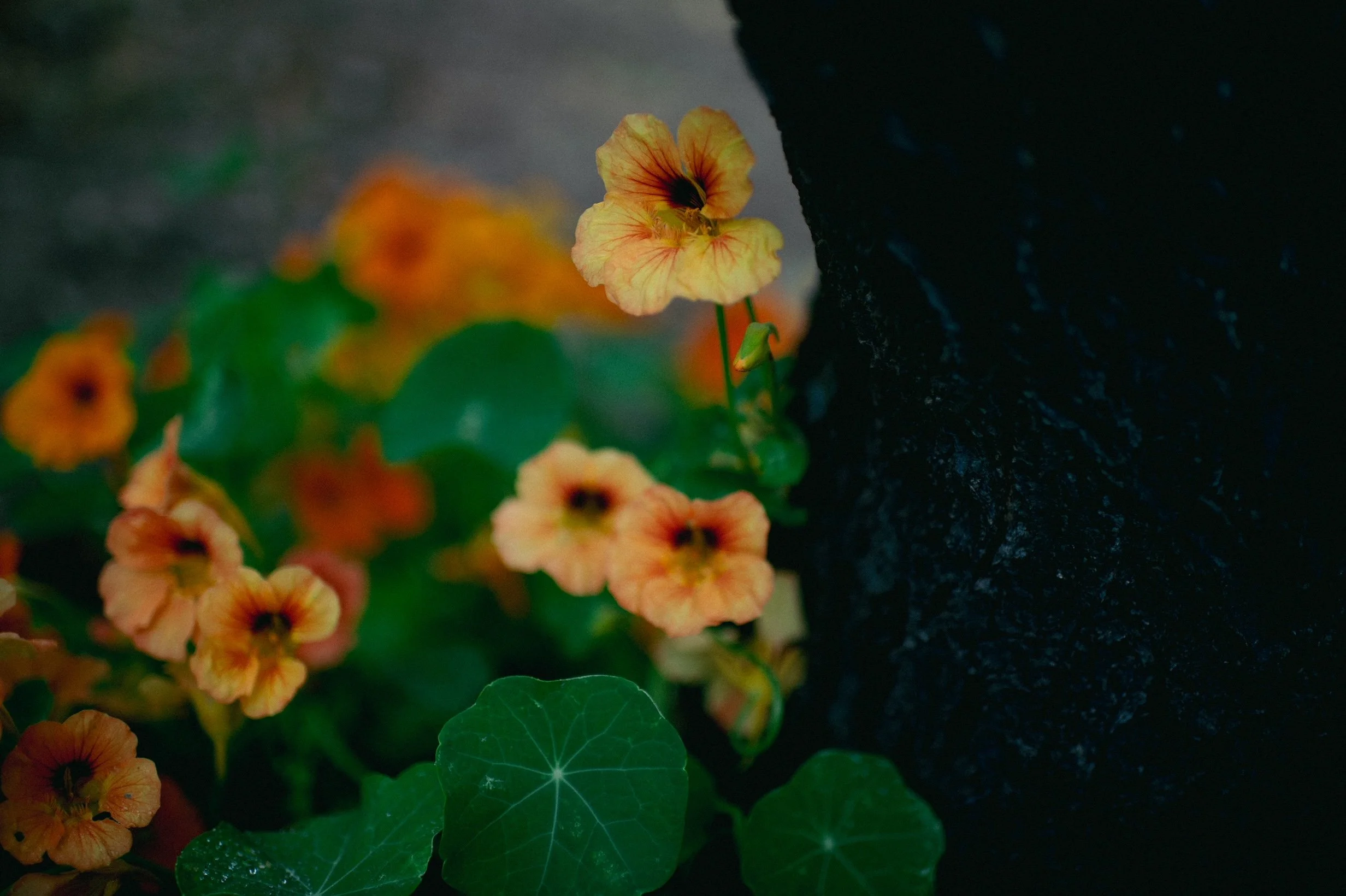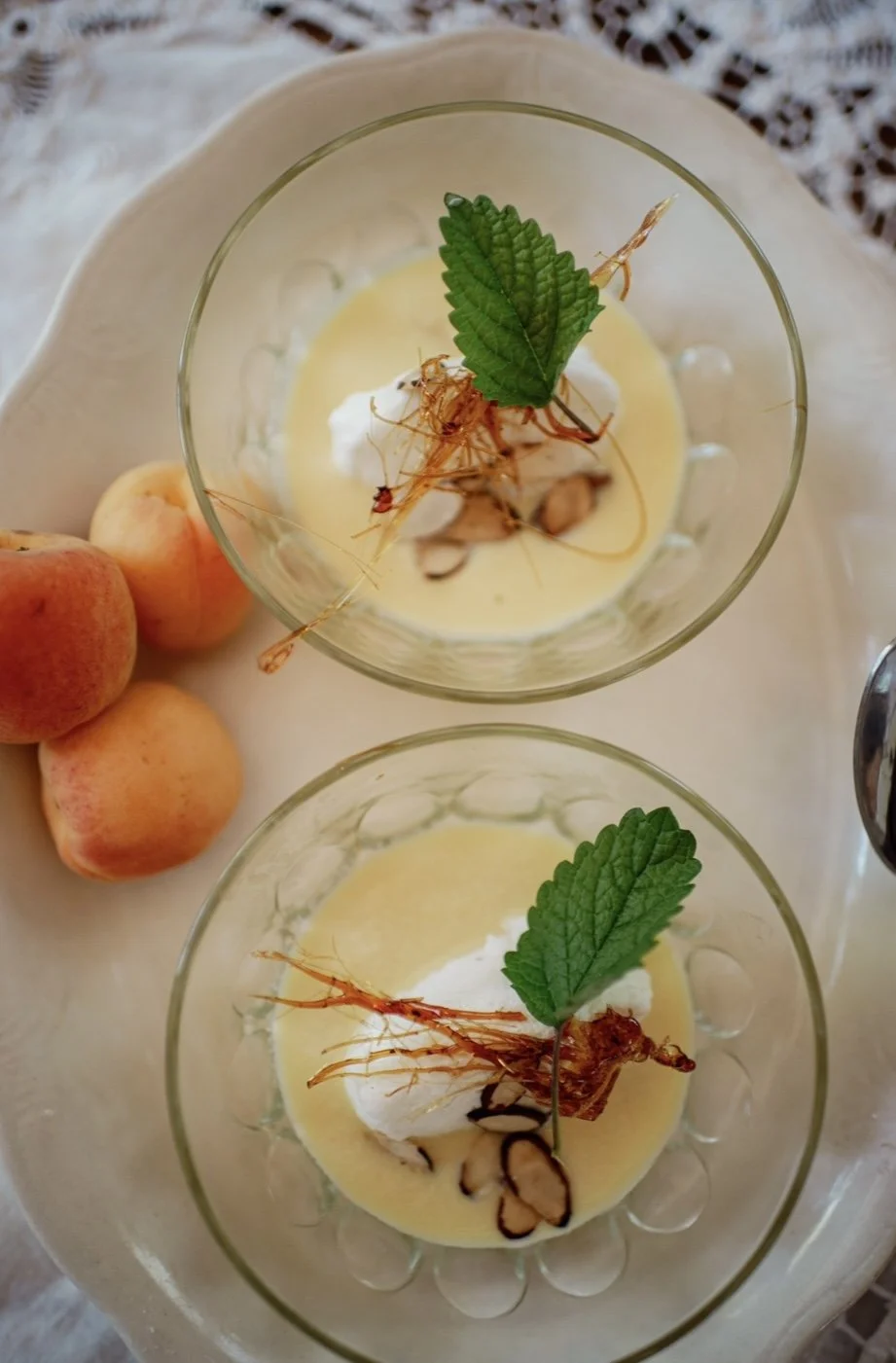HERB GARDEN
* * * * * * * * * * * * * * * * * * * * * * * * * * * * * *
* * * * * * * * * * * * * * * * * * * * * * * * * * * * * *
A KITCHEN HERB GARDEN
There are little things that can make your cooking experiences a little bit more special. One of those things is being able to walk outside and pick something from the garden to cook with. It may not be much, but the act of foraging in anyway, big or small, for a meal you are making changes your kitchen game completely. This is not something that seems easy to do. Perhaps you think you don’t have the space to grow for your kitchen, or maybe you don’t have a green thumb. I am sure there are many things that might deter you from thinking a kitchen garden is possible but I would like to say that it is very possible. Perhaps we start small.
If I was to pick one thing to grow first, it would be a culinary herb garden. This is not a big undertaking. It can be designed to fit your space and desires. It can be as low maintenance or as high maintenance as you would like. It will give you the satisfaction of picking your own fresh herbs to spice and flavor up any dish you make.
A FEW POINTS TO START:
You will need a garden bed of some sort. This can be a wooden box like the one I used in the video below, of any size. It could be a few terracotta pots lined up outside your kitchen window or a step out the door. You could scatter plant herbs among the already landscaped beds in your yard. You can get creative.
The soil can be found in your garden. You can mix it with some rich compost if you feel so inclined. It should have moisture but not be too wet before planting.
A water can is nice to water in your herbs. You want to be gentle but able to give a good soak.
Plant in the afternoon so you can give the plants a good soak and they can hold the water through the night and not dry out in the heat of the day when first planted.
THE HERBS
For the purposes of my small garden I have decided to go with a group of perennials, (plants that will live for more than two years), that I feel embody the core herb staples of my kitchen with a scattering of a few new plants I am looking to experiment with and a few annuals that will flush out only for the season and will have to be replanted next year.
PERENNIAL CULINARY HERBS: THYME, OREGANO, ROSEMARY, SAGE, MARJORAM, LAVENDER, TARRAGON, MARIGOLD MEXICAN MINT, ZA’ATAR, LEMON BALM
ANNUAL CULINARY HERBS: BASIL (OF DIFFERENT VARIETIES), CILANTRO, PARSLEY, DILL, CHIVES
The first six perennial herbs mentioned above can be used individually or in combination to make the herb mix Herbs de Provence. My hope is that by fall I will be able to harvest enough to dry and make this herb blend which proves to be quite delicious mixed into a good sourdough bread with olives and lemon zest to boot. The last three perennial herbs listed here are somewhat experimental for me.
Oregano: Origanum vulgare: has a earthy warm and slightly bitter flavor. It is derived from two greek words that together mean ‘joy of the mountain’. It is also referred to as wild marjoram. It is a staple in Italian cuisine and is used with roasted, fried or grilled vegetables, fish and meat. It also go the nickname “the pizza herb’ when after WWII, soldiers brought it back to the US.
2. Thyme: Thymus Vulgaris: is spicier than oregano but sweeter than sage. The name comes from the word Thymos which means ‘smoke or burnt offering’ as it was used for ritual and incense burning in greek and roman times. It was put under pillows to protect people from nightmares and put with coffins to assure passage into the next life. Thymos also means ‘courage’. Thyme was believed to symbolize courage and was often gifted to warriors by their sweethearts before they went off to fight. In the kitchen this herb is incredibly valuable for roasting vegetables and meats or it can be used in soups, stews or sauces. A recipe may call for a sprig or bunch of thyme or perhaps it’s individual leaves by the tablespoon.
3. Rosemary: Salvia Rosmarinus: is of the sage family. It’s name translates to ‘Sea Dew’ and it often grows best by the sea. Found in stews, marinades, stuffings, breads and the woody stems can be used as skewers for grilling meat and vegetables.
4. Sage: Salvia officianalis: is an old world herb used for cooking but also deeply entwined in the healing arts. It is referred to as the ‘Holy Herb’ or ‘Sage the Savior’. It has been used to treat snake bites and increase fertility. It has a savory peppery flavor.
5. Marjoram: has a sweet pine and citrus flavor. It was a symbol of happiness to the Greeks and Romans. The herb of happiness was believed to have been created by Aphrodite and was said to increase the life span of a human. This is a tender perennial and also referred to as ‘the herb of grace’. In cooking it is used for it’s aromatic leaves.
6. Lavender: comes from the latin work ‘to wash’ as it was often used in bathing. It has a sweet fragrance with notes of citrus and lemon. The english lavender is known for it’s use in pastas, salads and dressings, desserts and teas. The flowers and buds are often used in cooking and pair well with goat and sheep cheeses or chocolate.
7. Lemon Balm: Melissa officinalis: is part of the mint family. It is used in teas or for flavoring in salads and desserts. The word melissa is greek for ‘honey bee’. The white flowers of this plant strongly attract bees to any garden and so gardens with lemon balm were considered healthy and abundant.
8. Mexican Marigold Mint: Tagetes lucida: is often used as a substitute for french tarragon . It has a similar flavor with hints of anise. It was used by the Aztecs in a ritual incense called yauhth and was dedicated to the rain god Tlaloc. Used to flavor soups and sauces.
9. Za’atar: Considered an Arabic oregano. Also referred to as Bible Hyssop or wild Marjoram. It is most commonly used in the spice blend named Za’atar which combines the herb with other herbs as well as toasted sesame, sumac and salt. It is often made into a paste with oil and used to top flat breads.

